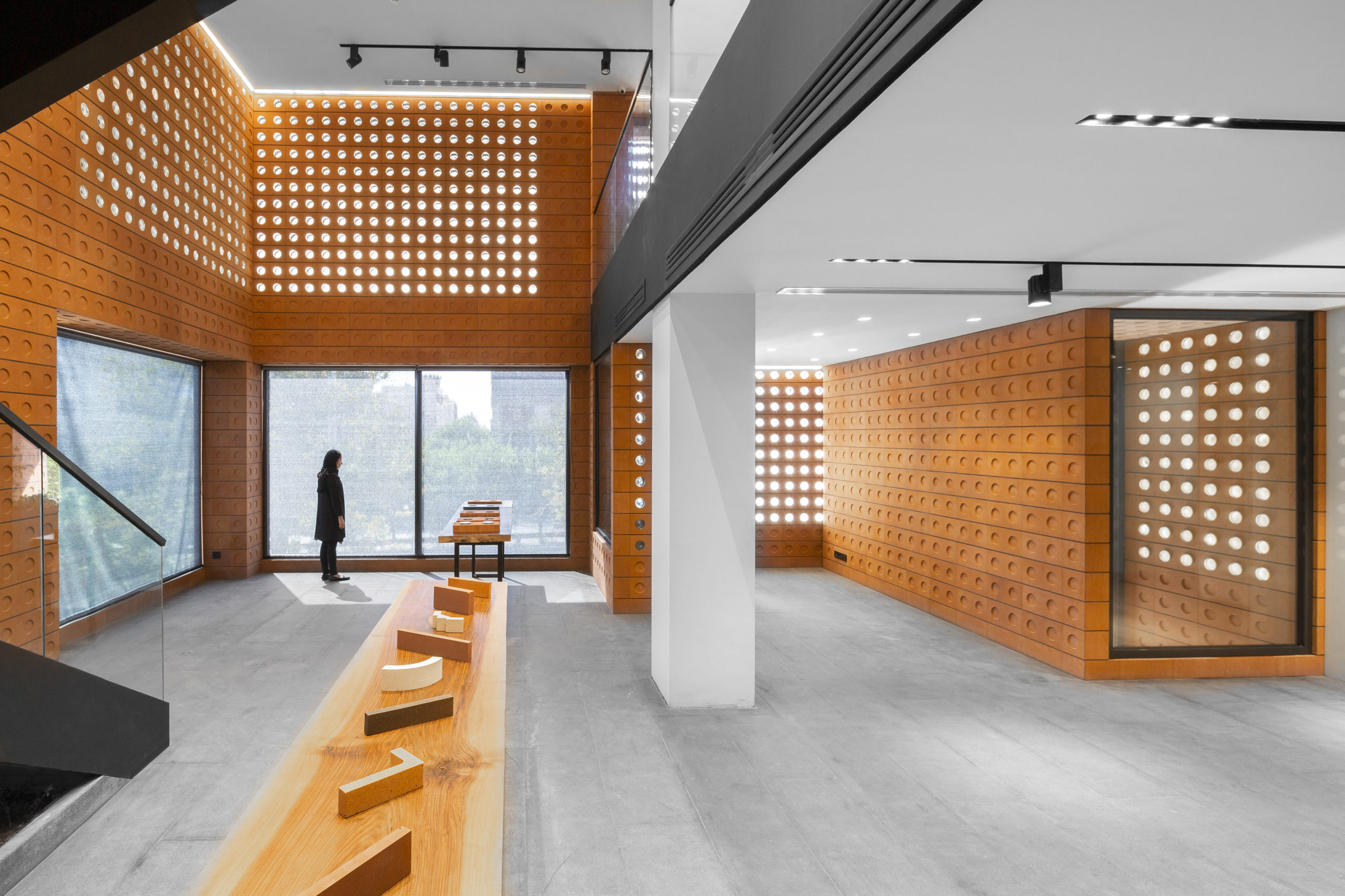How CDA Architects Integrate Eco-Friendly Practices in Architectural Projects
How CDA Architects Integrate Eco-Friendly Practices in Architectural Projects
Blog Article
A Detailed Overview of Architectural Styles and Their Influence on Modern City Preparation and Development
Building designs have long served as a mirror to the societal worths and technical improvements of their time, playing an important duty in forming modern-day city planning and advancement. From the magnificence of Neoclassicism to the utilitarian strategy of Brutalism, each style has presented special concepts that affect urban appearances and functionality.
Historic Review of Architectural Designs
Throughout history, architectural styles have actually progressed in reaction to cultural, technological, and environmental variables. Each period reflects the prevailing values, beliefs, and advancements of its time, resulting in an abundant tapestry of design that represents human creative thinking and adaptation. The ancient human beings, such as the Egyptians and Greeks, established fundamental styles that highlighted balance and percentage, offering both practical and visual objectives.
As societies transitioned through the Middle Ages, Gothic design emerged, characterized by its verticality and detailed describing, matching the spiritual ambitions of the period. The Renaissance marked a revival of timeless suitables, combining art and architecture in cutting-edge methods that affected succeeding designs across Europe.
The Industrial Transformation presented brand-new products and construction techniques, prompting movements like Innovation, which challenged traditional kinds and accepted simplicity and capability. The 20th century saw a diversity of styles, with Postmodernism reacting against the stark minimalism of its predecessor, including historical recommendations and eclectic components.
Today, architectural designs continue to develop, driven by globalization and sustainability issues, reflecting a vibrant interplay between heritage and technology. This historical overview underscores the relevance of architecture as a mirror of social development and as a driver for metropolitan growth.
Key Architectural Styles Explained
The variety of architectural styles reflects the myriad impacts that form our constructed setting, each personifying unique characteristics and social relevances. Key building styles include Timeless, Gothic, Baroque, Modernism, and Postmodernism, each standing for distinct historic contexts and visual philosophies.
Classic architecture, rooted in old Greece and Rome, emphasizes symmetry, proportion, and making use of columns. In comparison, Gothic design, flourishing in the center Ages, is characterized by sharp arches, ribbed vaults, and flying buttresses, developing a heavenly quality in cathedrals. Baroque design, emerging in the 17th century, is noted by majesty, intricate ornamentation, and a vibrant interaction of light and shadow.

Comprehending these styles offers understanding into the cultural narratives and technical advancements of their respective ages, highlighting exactly how design serves not simply as a shelter, yet as a reflection of social worths and aspirations.
Effect On Urban Planning
In forming the development of cities, architectural styles significantly affect city preparation decisions. The option of architectural style typically dictates the aesthetic appeals, functionality, and total character of city atmospheres.
Moreover, building designs can impact zoning policies and land use policies. Urban coordinators have to take into consideration the dominating architectural fads when developing areas, making certain that brand-new developments integrate with existing frameworks. This consideration fosters natural metropolitan landscapes and improves community identity.
The implementation of specific architectural designs can this website additionally influence socioeconomic elements within a city. For instance, high-end contemporary designs might bring in upscale homeowners and organizations, bring about gentrification, while much more cost effective real estate options might focus on practical and lasting designs to accommodate diverse populaces. Inevitably, the interplay in between building designs and urban planning produces vibrant cities that show both historical context and contemporary needs, shaping the lived experiences of their residents.
Sustainability and Modern Style
Building designs play a crucial duty in dealing with modern difficulties, particularly in the realm of sustainability. As metropolitan locations broaden and ecological issues intensify, contemporary architecture increasingly accepts lasting style click for more concepts that prioritize power performance, source conservation, and minimal environmental influence.
Contemporary architectural motions, such as biophilic style and environment-friendly style, supporter for structures that integrate with their surroundings, making use of all-natural products and advertising biodiversity - cda architects. These styles often include renewable resource resources, such as photovoltaic panels and wind turbines, to decrease dependence on nonrenewable fuel sources and lower carbon footprints
In addition, the combination of advanced modern technologies, such as clever building systems, boosts energy management, enhancing resource usage while ensuring passenger convenience. Cutting-edge water management techniques, consisting of rain harvesting and greywater recycling, further add to sustainable city environments.
Notably, sustainability prolongs past environmental issues; it includes social and economic measurements as well. By promoting area wellness and promoting inclusivity, modern building designs line up with lasting advancement goals. As a result, the development of architectural techniques remains to form resistant cities that not only meet the demands of today but also guard the future for generations to find.
Neighborhood Engagement in Layout
Area engagement in design serves as an important bridge in between engineers and the populations they offer, making certain that the developed environment mirrors the demands and goals of its individuals. This collaborative process invites community members to contribute their insights and choices, promoting a feeling of ownership and obligation toward the spaces they populate.
Effective area involvement utilizes different techniques, such as workshops, surveys, and public discussion forums, to collect diverse viewpoints (cda architects). These methods assist in a two-way dialogue, enabling check my source designers to understand regional contexts while equipping homeowners to articulate their concerns and wishes. This inclusivity not only improves the layout quality yet additionally advertises social equity by dealing with the special challenges encountered by marginalized teams

Conclusion
Building designs have actually profoundly affected modern city preparation and development, reflecting developing cultural and technological contexts. As cities continue to expand and adapt, the continuous dialogue in between building heritage and contemporary style principles will certainly remain crucial in creating inclusive, dynamic rooms that enhance high quality of life and advertise social equity.
Report this page